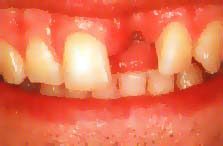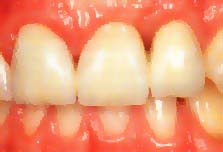




| Prosthodontics is the branch of dentistry that replaces missing teeth. A prosthesis replicates as well as possible the function of the missing part, provides structural support for the remaining tissue, and improves one's appearance. Teeth can be lost from the trauma associated with an accident, the ravages of decay, and periodontal disease. Teeth can also be congenitally missing (missing from birth). It is important to replace them to prevent the shifting of the remaining teeth, for chewing, and for esthetic reasons.
A bridge replaces one or more missing teeth by being permanently cemented or bonded to teeth adjacent to the space caused by the missing tooth or teeth. In a healthy mouth with all the teeth present there is a natural balance of the teeth to neighboring teeth in the same arch and the opposing arch. Forces of mastication (chewing) are distributed equally among the teeth.
A fixed bridge is a precision-made prosthesis that will restore proper function and, in areas that are visible, achieve a high degree of esthetic acceptance.
|
| Two views of damage to this patients front teeth from an accident. | |
 |
 |
 |
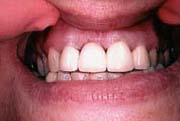 |
| The damage was repaired by utilizing a fixed bridge. | |
| This young patient was missing her two permanent cuspid teeth. | |
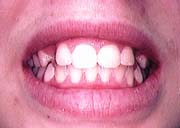 |
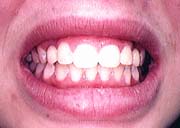 |
| Two bonded bridges were made to restore her smile and replace the missing teeth. | |
| Bonding | Veneers | Crowns | Bleaching | Recontouring | Periodontal Disease | Fluoride | Sealants | Prevention | Tooth Topics | History | Children | Endodontics | Materials | TMD | FAQ | Prosthodontics | Implants |
Take me back Home

 fig. 1
fig. 1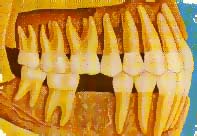 fig. 2
fig. 2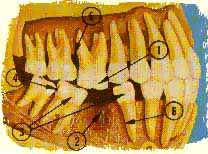 fig. 3
fig. 3 fig. 4
fig. 4